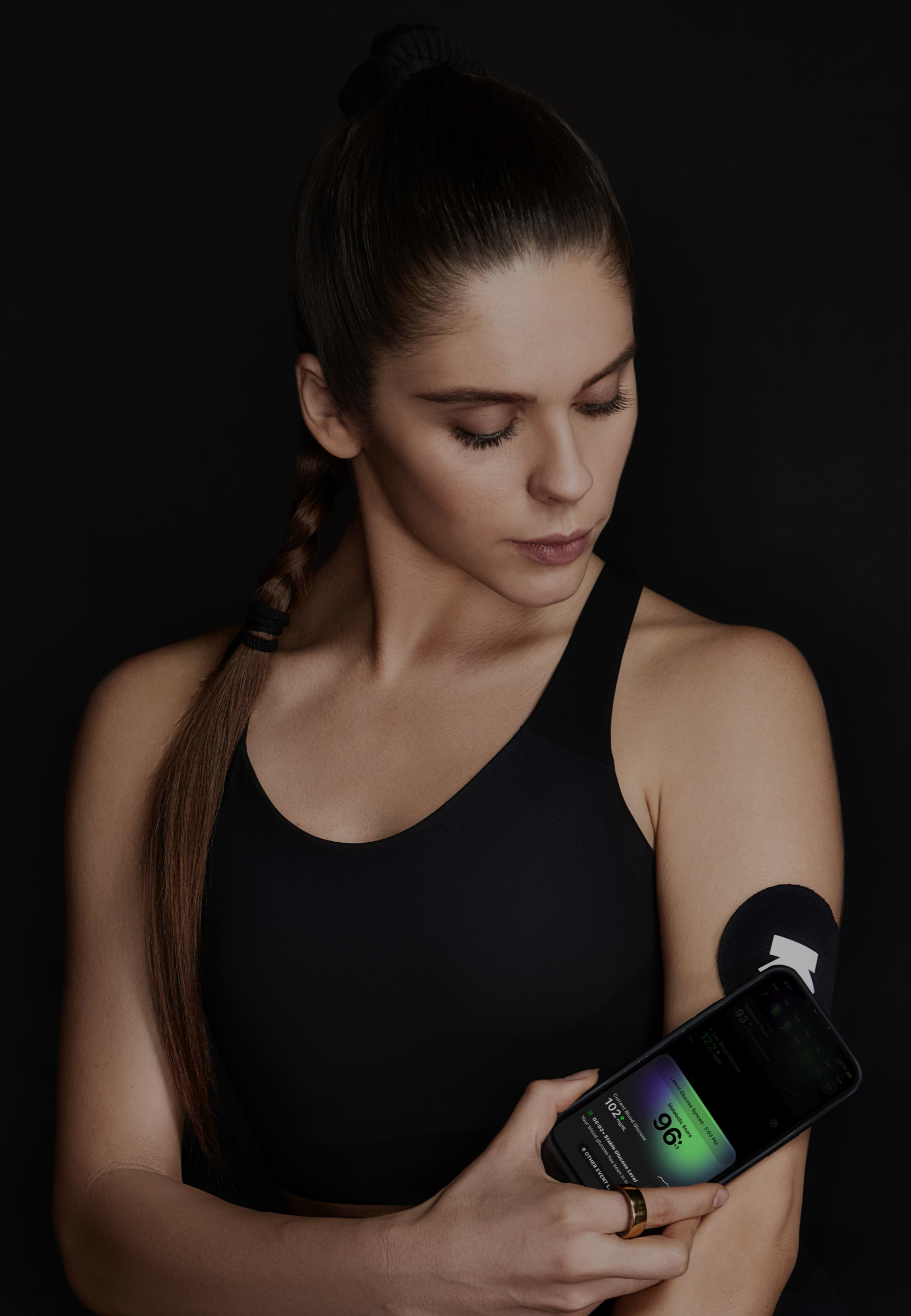
English Indian Fox Nuts (1 Cup) and Tea with Milk (1 Teacup (6 Fl Oz))
Afternoon Snack
155 mg/dL
avg. peak value
Usually causes a medium spike
Avg. Food Score on Ultrahuman App
Ultrahuman Users got an UNSTABLE response
How to consume english indian fox nuts, tea with milk without glucose spikes
Portion Control
Limit the quantity of English Indian fox nuts you consume in one sitting to reduce the overall impact on your blood sugar levels.
Balance the Meal
Pair the fox nuts with foods high in fiber, such as vegetables or whole grains like quinoa or barley, to help moderate the rate at which glucose is absorbed.
Add Healthy Fats
Include a source of healthy fats, such as a small handful of nuts or avocado, to slow down digestion and help stabilize blood sugar.
Protein Addition
Incorporate a protein source like boiled eggs, grilled chicken, or tofu with your meal to aid in reducing glucose spikes.
Choose Low-Sugar Milk Alternatives
Use unsweetened almond milk or coconut milk as a substitute for regular milk in your tea to lower sugar intake.
Incorporate Cinnamon
Add a pinch of cinnamon to your tea or snacks, as it may help improve insulin sensitivity and reduce blood sugar levels.
Increase Physical Activity
Engage in light exercise, such as a brisk walk, after meals to help maintain stable blood sugar levels.
Hydrate Adequately
Drink plenty of water throughout the day to aid in digestion and help regulate blood sugar levels.
Monitor Timing
Have your meals and snacks at regular intervals, avoiding long gaps between meals to maintain steady blood sugar levels.
Mindful Eating
Practice mindful eating by chewing slowly and savoring your food to enhance digestion and prevent overconsumption.

Discover
metabolic
health with M1
Ultrahuman M1 helps you measure the impact of food and activity on your body in real time through glucose as a biomarker.
Explore Ultrahuman M1Find Glucose response for your favourite foods
Explore OGDbYour cart is empty
Browse through our products and find something for you.
